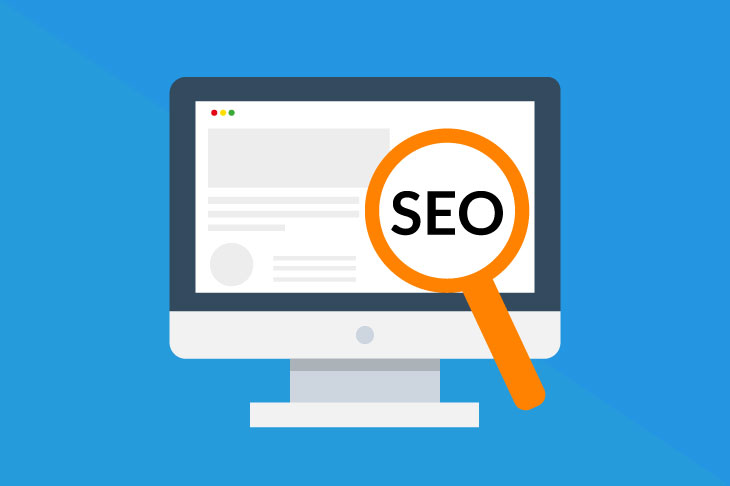
Get weekly
HubSpot updates
If you’re not particularly familiar with setting up and running your own website then the initial steps can be something of a challenge. However, to ensure that your website is effective and provides value for your investment you need to understand how to maximise its impact. In previous years it may have been enough to simply have a web presence, but online is now an incredibly competitive place to be and that means your approach needs to be much more proactive. Here are ten elements you should consider;
1. What’s your website for?
If you want your site to be successful then you need to have a good idea of the purpose of the site, as well as who the target market is, so that you can tailor it from the start. What do you want the site to achieve – is it for information, a sales site, or is its purpose to direct customers to a physical shop?
2. Who do you want to visit?
The look and layout of your site will to some extent define your appeal, so be sure to think about who the site is aimed at – silver surfers looking for an easy to use online shop? Kids who want bright aesthetics and lots of features? Themes, design, layout and functionality should all be considered before you start putting the site together.
3. What do you want the site to do?
If your site is to be a sales site then you will need to incorporate e-commerce software, if you want to sell products then think about the display features for each, if you’re planning on hosting chatrooms or forums then consider how the back end of this will work, and if you want to have a regular blog then where is the content going to come from?
4. Make sure you have the power.
There are a number of choices involved in the very beginning stages of your website that will have an enormous impact on your site’s success. For example, if live streaming video is going to be an essential part of your marketing plan then you must have enough bandwidth capacity in your package with your service provider – if you don’t then this feature of your site simply won’t work.
5. Choose the right host for your site.
If you’re expecting high traffic to your site – and in particular peaks when demand grows– then choose a host that is used to dealing with sites similar to yours. Some web hosting services will simply shut down a site if the traffic gets too much and this can be a disaster for your profile. Ideally, look for a host that offers a flexible package where you can pay a little extra as you go for a service that expands to meet demand.
6. Set up your social media.
Social media sites like Twitter, Facebook and LinkedIn have become one of the most effective ways to bring attention – and traffic – to your website. Get these set up either simultaneously to, or before, your site, and start using them to drive people to your key focus, whether that’s dissemination of information or a pay point.
7. Link everything up.
You can have your Twitter feed appear on your website, you can link your Facebook statuses to your Twitter feed – the opportunities are there to have a continuous and all encompassing presence on almost every platform, so that all roads lead to your website. It’s also worth spending some time understanding search engine optimisation – using keywords in your content to help boost your rankings – as this will help you get the search engines on your side too.
8. Don’t underestimate the power of search.
It’s worth getting to know where this mega search engine can help and where it can hinder. Utilising Google Adwords (and other PPC alternatives) can really help get your site to the attention of your target audience by placing it in strategic places on search pages; conversely, what many people don’t realise is that Google can issue a site with a penalty for something like continuously reusing old content in your digital marketing – the result is penalties for your site, which can seriously depress visitor numbers.
9. Keep tabs on how you’re doing.
Once you’re up and running the best way to ensure you’re moving in the right direction is to monitor it – Google Analytics is a highly effective way to do this - Google even offers training courses to help you gain the required skills to effectively interpret and act upon the data.
10. Stay on top of it all.
Your website is only as effective as what you put on it – whether that’s a continuous stream of the latest products or interesting content that is updated regularly. Keep your website exciting and current and give people a reason to return time and time again.
These are 10 points to consider when creating a new website that will give you a good foundation for getting your site up and running. Remember that the online world changes and develops continuously and if you want your business to be a digital success then your online presence needs to change and develop with it.

